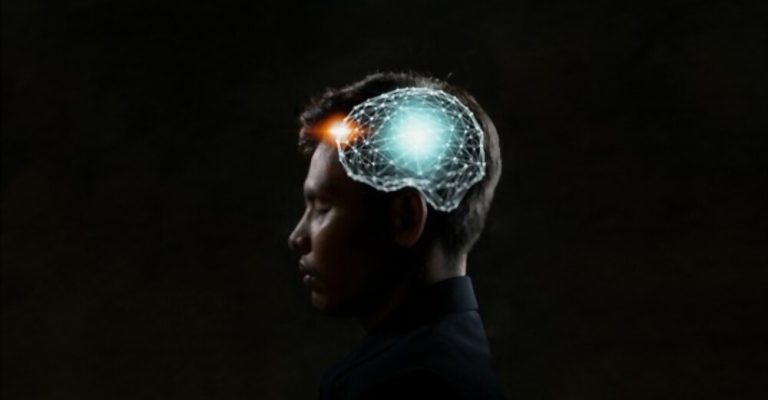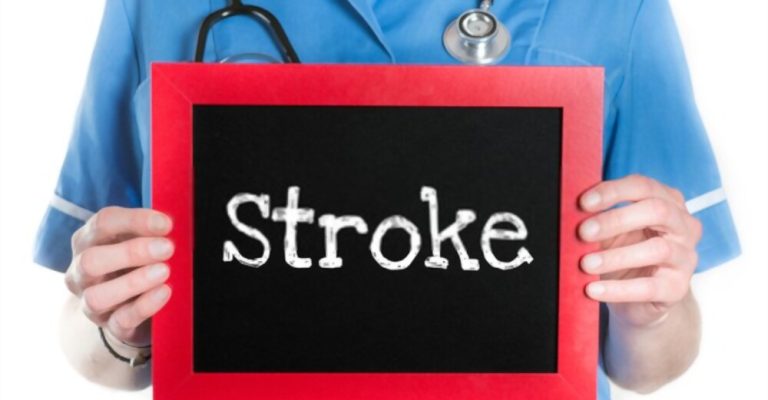
A stroke is a severe medical condition. It can cause significant disability and even death. For those who suffer from stroke, it’s essential to understand its risk factors and how to prevent them from living healthier lives.
When talking about the types of stroke, temporal lobe stroke stands out as one of the most common and dangerous, so understanding what leads up to it is essential for preventing this medical event.
In this blog post, we will review the causes of temporal lobe stroke, identify its effects on our bodies, discuss lines of treatment used to manage such an event, and eventually draw conclusions about preventive measures that could help reduce or eliminate its occurrences entirely. Ready? Let’s dive right in!
Wernicke’s aphasia, defined by difficulty understanding what is being said, is a common complication of a stroke to the temporal lobe and is associated with speech impairment. A temporal lobe stroke is a cerebrovascular accident (CVA) that occurs when the blood supply to the brain’s temporal lobe becomes blocked or interrupted. This interruption can occur due to an obstruction, such as a blood clot or a rupture in an artery.
A temporal lobe stroke can cause serious neurological deficits due to damage or death of brain tissue in the affected area. Symptoms may vary depending on where exactly the stroke occurred but commonly include seizures, memory problems, difficulty understanding and forming speech, and personality changes. People who suffer from a temporal lobe stroke often receive treatment for physical and cognitive impairments.
Treatment typically includes medications to control seizures and reduce swelling of brain tissue, as well as physical therapy, occupational therapy, speech-language therapy, and neuropsychology services.
In addition to medical care, lifestyle modifications such as limiting alcohol intake and avoiding tobacco use are necessary steps toward recovery from this type of stroke. We’ll discuss this in detail below.
The temporal lobe is quite big compared to the other lobes of the brain. The cerebellum is the bottom portion of the brain, and it may be found behind the ears.
Strokes in the temporal lobe may be either ischemic (induced by blockage of blood flow) or hemorrhagic (influenced by bleeding within the brain), depending on the underlying cause.
Oxygen, found in abundance in blood, is a key component in keeping cells alive and functioning. Brain cells begin to die when they are deprived of oxygen and nutrients that they obtain via a lack of blood flow. Therefore, restoring blood supply to the brain and decreasing the extent of adverse effects requires prompt medical intervention in the event of a stroke, making it a critical care situation.
Several factors influencing the severity of temporal lobe stroke-related complications include treatment time, stroke size, and other variables.
A stroke in the temporal lobe may cause a wide variety of symptoms, including those related to speech and hearing.
When you hear anything, it’s often because of activity in the temporal lobe of your brain. If just one of the temporal lobes is damaged, the result is often only modest hearing loss. It’s possible to suffer total deafness if the damage is done to both temporal lobes. This occurrence hardly ever happens. Some potential outcomes of poor hearing include:
Disorientation in the auditory realm: Recognition issues with sophisticated dialogues, music, and song.
Auditory-verbal agnosia: Identical to the complete inability to understand spoken language
Auditory illusions: Incorrect interpretation of everyday noises, resulting in an abnormal experience of them as abnormal, weird, repetitious, or loud.
Auditory hallucinations: Experiencing auditory hallucinations may range from intricate sounds like a song playing on the radio to more basic ones like sirens or horns.

Seizures are a rare side effect of stroke. However, research has linked temporal lobe strokes to a higher risk of developing epilepsy after the event. Besides these uncommon but potentially permanent aftereffects, temporal lobe strokes may also cause:
Vertigo: One kind of equilibrium issue
Abnormal time perception: Experiencing a paradoxical slowing or quickening of time or losing track of the passage of the years, seasons, and months
Sense-disrupting odors and flavors: Disruption of gustatory perception or loss of scent
Among the many brain areas responsible for language processing is located in the temporal lobe. To be more precise, just one of your temporal lobes, the one on the side of your head against your dominant hand, is responsible for speaking.
Wernicke’s aphasia, defined by difficulty understanding what is being said, is a common complication of a stroke to the temporal lobe and is associated with speech impairment. In addition, it may include
Complete insensitivity to spoken language: Inability to comprehend spoken words
Aphasia that spans the cerebral cortex: Issues with speech and hearing, among others
Anomic aphasia: Memory problems, especially when it comes to remembering people’s and places’ names
The hippocampus, a small structure in the brain’s temporal lobe, plays a crucial role in the learning processes and memory retention. Memory loss and difficulty retaining new knowledge are two of the many potential consequences of a stroke to the temporal lobe.
The amygdala is a small structure in the temporal lobe that processes and expresses emotional reactions. Therefore, stroke in the temporal lobe may have varying effects on emotional functioning.
Stroke may cause a wide range of behavioral changes, from increased aggression in some people to increased passivity in others. This exemplifies that even when a stroke affects a similar brain region, each individual experience will be unique.
Stroke patients may suffer a wide range of emotional and behavioral changes, and responding to those that really occurs is preferable rather than speculating about them.
Another important perceptual region is the temporal lobe. Prosopagnosia is a condition experienced by some people who have recovered from a stroke in the temporal lobe. As a result of this disorder, people may lose the ability to identify familiar faces, even those of close relatives.
Damage to the temporal lobe, as might result following a stroke, is thought to be to blame for this.

Damage to the visual cortex is the most common cause of visual difficulties following a stroke. However, a stroke to the temporal lobe may also lead to perceptual issues. Some people who survive a stroke to the temporal lobe have trouble perceiving depth or have field cuts.
When someone has a field cut, they lose sight of whatever is in their peripheral vision on the afflicted side. Hemineglect is not the same as a field cut.
Since temporal lobe strokes impact people’s brains in various ways, it’s crucial to tailor therapy to each patient’s specific set of symptoms. Following a stroke in the temporal lobe, the following therapies may aid in the patient’s rehabilitation:
Psychotherapy can be an effective tool for temporal lobe stroke rehabilitation. In particular, Cognitive Behavioral Therapy (CBT) has yielded promising outcomes in aiding individuals to manage the cognitive deficits that can arise from such a stroke.
CBT encourages the patient to recognize their own thoughts and beliefs as potentially interfering with their abilities to cope with the changes they are experiencing, enabling them to challenge themselves and make positive behavioral changes. Additional forms of psychotherapy include:
Speech therapy is an integral part of temporal lobe stroke rehabilitation. Speech therapists use a variety of techniques to retrain the brain to process and produce language, as well as regain expressive abilities. Patient-specific assessments are implemented to identify areas of language difficulty, from which individualized goals are established.
Treatment plans may include activities such as word association and repetition, practice with grammar, explicit instruction in phonetics and articulation, auditory training, and comprehension drills. Speech therapists also educate patients on effective communication strategies and the impact that their stroke may have had on their ability to communicate.
Vision restoration therapy (VRT) is a promising treatment for those with temporal lobe stroke rehabilitation, as VRT can help improve vision and hand-eye coordination by retraining the brain. VRT utilizes basic principles of neuroplasticity – the brain’s ability to modify its structure and function – to rewire neurons in the occipital, parietal, and frontal lobes of the brain. This leads to improvements in visual acuity, contrast sensitivity, and visual field expansion.
Studies have shown that patients who undergo VRT experience improved functioning on tasks such as reading, writing, identifying objects, navigating through space, locating targets in a scene, and more.
The program typically consists of 20-30 sessions where the patient is asked to identify or trace objects on a computer screen while receiving feedback from an eye-tracking device. With consistent practice and repetition over time, patients can gradually become more proficient at completing these tasks with greater ease.
Temporal lobe stroke may have profound cognitive and behavioral consequences, but there is potential for rehabilitation via neuroplasticity and therapy despite the frustration and confusion caused by these changes.
In addition, survivors’ ability to recover lost performance may be aided by engaging in treatment methods that stimulate the brain. Try out several treatment options until you discover what helps you the most.